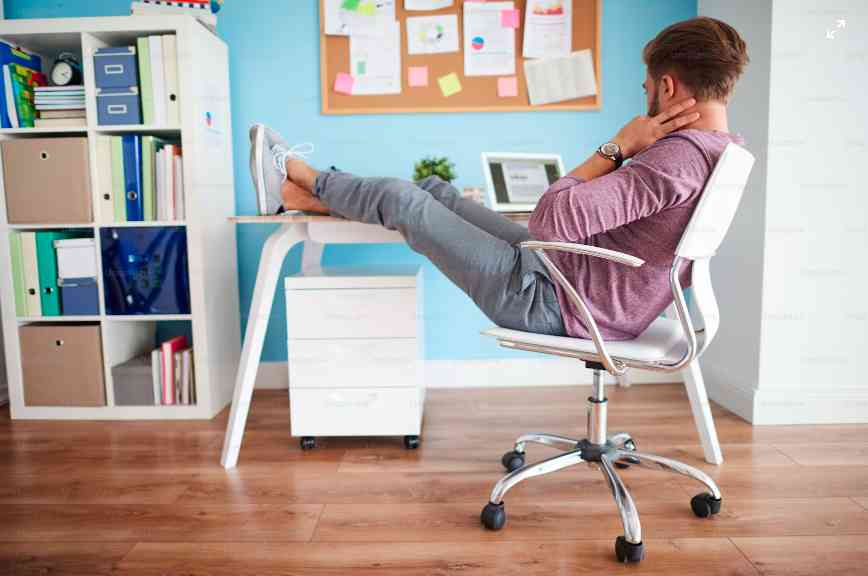Creating an educational atmosphere that fosters learning and creativity requires carefully considering the physical space, particularly the furniture. Choosing the right school furniture can significantly impact students’ ability to focus, engage, and absorb information effectively. This selection process involves more than just aesthetics; it encompasses functionality, comfort, adaptability, and the ability to support diverse learning styles. This article explores how educators and administrators can select furniture that not only fits the educational needs of their students but also enhances the learning experience by fostering a supportive and dynamic environment.
Furniture That Supports a Variety of Learning Styles
Educational research suggests that students benefit from environments accommodating different learning styles, including visual, auditory, kinesthetic, and reading/writing preferences. Therefore, furniture in academic settings should offer versatility to support these diverse needs. For instance, chairs and desks that are adjustable and movable can facilitate group activities as well as individual work, catering to kinesthetic learners who benefit from movement and to those who need stable, quiet spaces. Similarly, furniture with built-in technology docks can aid auditory and visual learners who utilize media in their learning process.
Ensuring that these furniture options are sourced from reputable suppliers guarantees that they meet specific educational standards and are durable enough to handle various classroom dynamics. Source furniture from suppliers who provide certifications and warranties that guarantee durability and adherence to academic standards, ensuring each piece supports different learning styles effectively. Also, consider furniture that offers flexibility and modular options to adapt classroom settings to various learning activities and styles quickly.
The Role of Color and Design in Classroom Furniture
Color and design are critical in creating an inviting and stimulating learning environment. Research indicates that specific colors can enhance memory and focus, such as blue for calm and focus or yellow for creativity and energy. When selecting classroom furniture, considering the color psychology and how it impacts learning can be very beneficial. Ergonomic design is equally essential, as furniture that supports students’ physical well-being can increase concentration and reduce fatigue, making the learning experience more comfortable and practical.
Selecting classroom furniture from suppliers who offer a range of color and design options allows educators to create environments that stimulate learning and attention. Ensure these choices are made with ergonomics in mind to enhance student comfort and focus throughout the school day.
Budget-Friendly Options for Updating Furniture
Updating classroom furniture does not always require a significant budget. There are several budget-friendly options available that can transform educational spaces without a substantial investment. One approach is refurbishing existing furniture, giving it a fresh look with new paint or reupholstery. Another cost-effective strategy is to purchase high-quality used furniture from reputable suppliers.
Partner with suppliers offering cost-effective solutions such as bulk discounts or budget ranges of durable furniture that do not compromise quality. Explore options for leasing or financing through trusted suppliers to manage costs without sacrificing the functionality or aesthetic appeal of the furniture.
Ensuring Flexibility and Adaptability in Furniture Choices
Modern education often requires classrooms to be adaptable, accommodating various teaching methods and learning activities. Choosing furniture that is easily reconfigured for lectures, discussions, group work, or individual study is essential. Modular workstations, foldable chairs, and mobile desks can be quickly rearranged to suit different classroom layouts and teaching styles. Purchasing these flexible furniture pieces from trusted online suppliers ensures they are versatile and built to withstand frequent changes and uses, providing long-term value.
Choose furniture from suppliers specializing in modular and adaptable pieces that can evolve with changing educational needs. This ensures long-term investment in furniture that can be repurposed or rearranged as educational strategies and classroom layouts evolve.
Impact of Furniture on Special Needs Education
Furniture in classrooms designed for special needs education requires additional considerations to ensure accessibility and comfort for all students. Features such as adjustable heights for desks and chairs, ample wheelchair access, and tactile elements for sensory needs are crucial. Providing furniture that meets these requirements can significantly enhance the learning experience for special needs students, offering them the support and inclusion they need to succeed academically.
Choosing suppliers specializing in inclusive educational furniture can assist educators in making the best choices for these unique environments. Work with suppliers who understand the unique requirements of special needs education and offer customizable furniture solutions to enhance accessibility and comfort. These suppliers must adhere to the latest ADA guidelines and provide innovative solutions that address a broad spectrum of needs.
Selecting the right furniture for educational settings is a pivotal decision that affects students’ daily interactions and learning outcomes. By choosing school furniture that supports various learning styles, incorporates stimulating design elements, and offers budget-friendly and flexible options, educators can create an environment that enhances learning and accommodates the diverse needs of all students. Investing in high-quality furniture from reputable suppliers ultimately contributes to a more effective, enjoyable, and inclusive educational experience.






